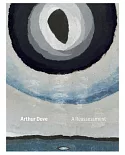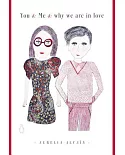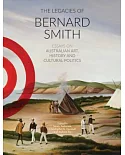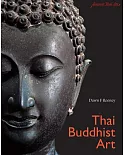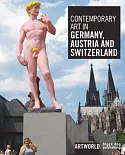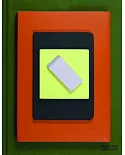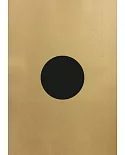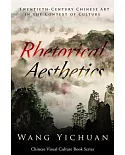This landmark publication--which comprises the present volume and a companion online component featuring exhaustive documentation on individual paintings-is the first to authoritatively
catalogue and interpret one of the finest and most renowned collections of historic American paintings in the world. The two-part publication offers both art historians and the general public
access to the most comprehensive and up-to-date research on the museum's American paintings, while highlighting the Corcoran's commitment to the study and display of its permanent
collection.
America's first art museum, the Corcoran Gallery of Art was founded in 1869 by the wealthy Washington, D.C. banker and philanthropist William Wilson Corcoran (1798--1888). The museum was
established from the private collection. Corcoran began in about 1850, and since that time its American paintings collection has grown to more than five hundred works dating from 1718 to 1945.
These holdings include a remarkable number of iconic works in all genres of American painting. This list includes Samuel F. B. Morse's The House of Representatives (1822); Rembrandt Peak's
Washington before Yorktown (1824--25); Thomas Cole's The Departure and The Return (1837); Frederic Edwin Church's Niagara (1857); John Singer Sargent's En route pour la peche (1878); Thomas
Eakins's Singing a Pathetic Song (1881); Albert Bierstadt's The Last of the Buffalo (1888); George Bellows's Forty-two Kids (1907); and Aaron Douglas's Into Bondage (1936). The collection also
boasts outstanding breadth and depth in Hudson River School painting, nineteenth-century portraiture and genre painting, American Impressionism, and early twentieth-century realism.
The Corcoran's long and illustrious history of collecting and supporting American art is comprehensively examined for the first time in the introduction to this book. This essay traces the life
and collecting interests of William Wilson Corcoran, his remarkable support of art and artists in his native city, and the founding and growth of his crowning achievement, the museum that bears
his name. Following Corcoran's death in 1888, the institution grew to encompass a school of art (today the Corcoran College of Art + Design) and much expanded collections and exhibitions. The
history of the museum's American paintings collection is discussed within the context of American art patronage and institutional collecting.
The ninety-eight annotated essays by both prominent and emerging scholars of American art present 102 of the most significant works in the collection and are accompanied by full-page color
plates as well as comparative illustrations. The remaining 422 paintings are documented with complete curatorial data (artist, title, date, medium, dimensions, credit line, and accession
number) and black-and-white thumbnail illustrations. The online component of the catalogue, found on the Corcoran Gallery of Art website, provides searchable access to the extensive scholarly
apparatuses that underpin this volume's ninety-eight essays on the featured paintings; the apparatuses include images, inscriptions, technical notes, references, exhibition histories, related
works, and frame information.
Sarah Cash has been Bechhoefer Curator of American Art at the Corcoran Gallery of Art since 1998. She organized the exhibition Sargent and the Sea (2009) and edited and coauthored the
accompanying catalogue. She has organized several other exhibitions at the Corcoran, on subjects as diverse as Albert Bierstadt, Norman Rockwell, and Gilded Age paintings of women. She authored
American Treasures of the Corcoran Gallery of Art (2000) and contributed essays to A Capital Collection: Masterworks from the Corcoran Gallery of Art (2002). Among her exhibitions and
catalogues prior to arriving at the Corcoran were Ominous Hush: The Thunderstorm Paintings of Martin Johnson Heade (1994) and Thomas Eakins and the Swimming Picture (1996); both were projects
at the Anion Carter Museum. Cash previously held curatorial positions there and at the National Gallery of Art, and directed the Maier Museum of At at Randolph-Macon Woman's College before
arriving at the Corcoran. She received her M.A. from the Williams College Graduate Program in the History of Art.



